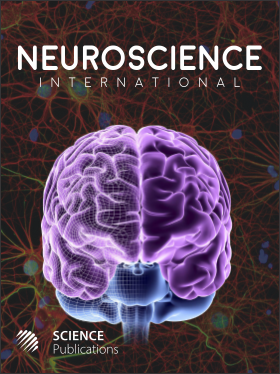Spinal Cord Injury: Current Mammalian Models
- 1 University of Birmingham, United Kingdom
Abstract
It is estimated that approximately 2.5 million people are affected by Spinal Cord Injury (SCI), with more than 130,000 new cases reported each year (International Campaign for Cures of Spinal Cord Injury Paralysis). Although there is currently no cure for SCI, various strategies including rehabilitative, cellular and molecular therapies have been tested in a variety of animal models. But questions remain as to the validity of animal models and whether they relate to the clinical conditions found in humans. This review aims to look at the different and most current models that are used to study SCI and their potential uses in mimicking the human condition. Several different animals models have been developed to study the problems of SCI, allowing exploration of mechanisms and properties of specific pathways such as; the MAPK pathway and spinal cord diseases such as; Syringomyelia and Central Cord Syndrome to name a few to be elucidated. SCI is complicated by cavitation and a glial scar that lines the cavity, reducing the possibility of axon regeneration. Mammalian models, particularly in mice and rats, have been used for many years to study the impact of SCI and potential therapies, however, questions remain as to the validity of these models and their potential usefulness.
DOI: https://doi.org/10.3844/amjnsp.2013.1.12

- 11,664 Views
- 7,501 Downloads
- 6 Citations
Download
Keywords
- Spinal Cord Injury (SCI)
- Cavitation
- Axon Regeneration
- Glial Scar
- CNS
